One of the main reasons travellers flock to Sapa are its diverse array of ethnic minorities. These groups and villages form a rich tapestry of cultures, with the gorgeous nature and scenery of the region acting as a back and canvas for this wealth of traditional culture and lifestyles.
From the intricate embroidery of the H’mong women, to the unique red turbans of the Dao and colourful headscarves of the Giay, these cultures bring colour and life to this amazing land, and spending some time among them to learn about their deep traditions and culture is a highlight of many a cultural traveller in Vietnam.
H’Mong
The H’mong represent the largest ethnic group in Sapa, making up slightly more than half the total population of the district. The H’mong homeland is in Southern China, but they migrated into Sapa starting at least 300 years ago, eventually displacing or replacing the original inhabitants.
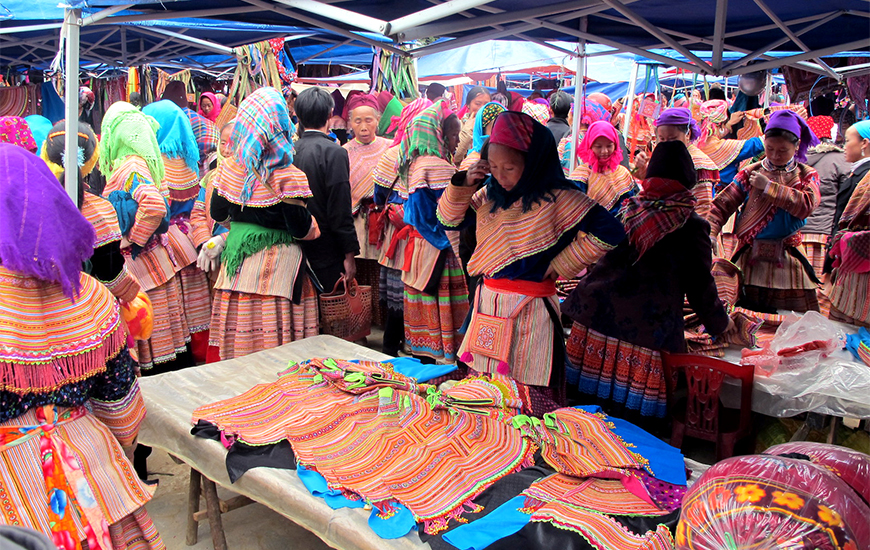
Economically, the H’mong rely heavily on agriculture and animal husbandry, and have mastered techniques for farming in the difficult and mountainous terrain by focusing on maize, wheat and barley in terraced fields.
Besides farming, the H’mong are also renowned for their weaving, producing distinctive and colourful garments that have become a signature of their culture. The specific details of these often vary considerably between subgroups, with the Black H’mong known for their indigo-dyed hemp clothing, whereas the Flower H’mong live up to their name with a more colourful and extravagantly decorated style.
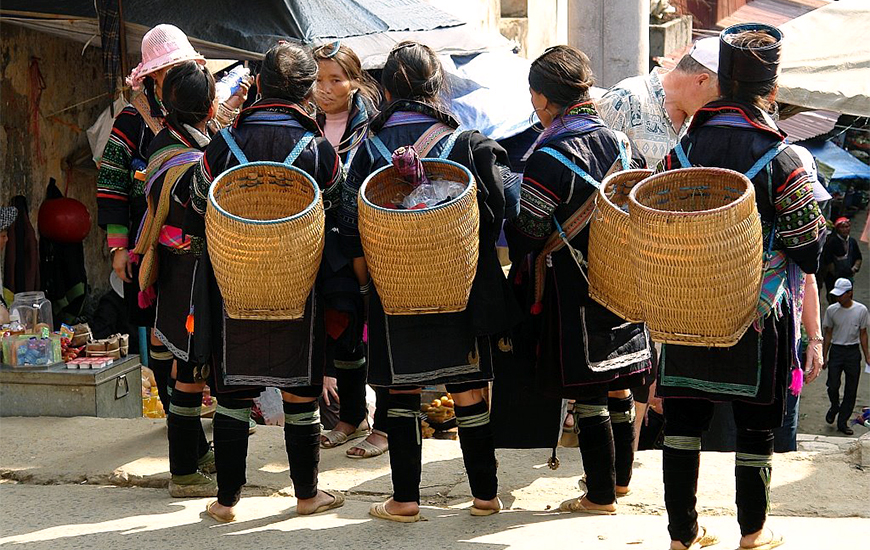
Their family structure is patriarchal, with women living with their husband’s relatives, and respect for your family and elders is deeply rooted in their culture. This is reflected in their religious practices, with ancestor worship forming the main tradition of worship.
Perhaps the most famous H’mong cultural practice is that of “Hai Pu” or “Wife-robbing”. After meeting at social events and the families agreeing to the marriage, the young man will go to his desired partner’s house and perform a ceremonial “kidnapping”. The woman will then stay with her “kidnapper” for three days, where his family will persuade her to go through with the marriage. After this period, the girl is free to choose whether she wants to proceed with the marriage, or return home to her family. Once married, couples are extremely close, spending most of their day together and approaching life as a team.
Dao
Like the H’mong, the Dao originated in Southern China, migrating to the northern mountains of Vietnam around 300 years ago. Today, the various subgroups of Dao vary greatly in customs and way of life. The two main subgroups are the Red and White Dao, with the former living in valleys and practicing wet cultivation, and the latter making their home higher in the mountains farming in the often rocky and difficult terrain.
Animal husbandry is also prominent with both groups, as well as cotton cultivation and weaving. Typical garments are dyed indigo and heavily embroidered.
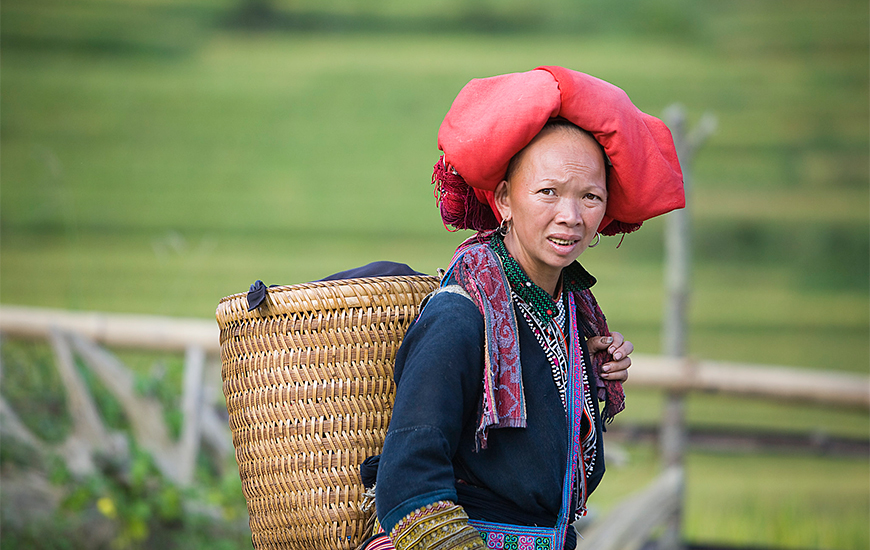
Dao villages are generally small, and the type of houses will vary depending on whether they are down in a valley or higher up on the mountain slopes. As such, houses built both on the ground and on stilts can be found, with some houses even splitting the difference, half placed on the ground and the other half on stilts.
Their traditional attire is slightly different between subgroups, in particular the way they wear their turban, but in general they all feature the intricate embroidery of traditional motifs that Dao garments are famous for.
In terms of religion, the Dao have a strong belief system that carries strong influences from Taoism, Confucianism and Buddhism. Additionally, the Dao worship their ancestors and those who are seen to have contributed greatly to their community during their life.
Tay
The Tay make up the second largest ethnic group in Vietnam after the Kinh (Vietnamese) and are thought to have lived in Northern Vietnam since around 500BC. However, despite being in the country for longer, they arrived in Sapa after the H’mong and the Dao.
As a result of their large numbers and integration with the majority Vietnamese, many Tay people do not wear traditional clothing, dressing in the more western style worn by most Vietnamese people. However, in the more remote villages the traditional clothing are still alive and well, with indigo-dyed garments to be seen everywhere. The traditional garments are modest in comparison with others, featuring few decorations, opting instead for a minimalistic form of beauty.
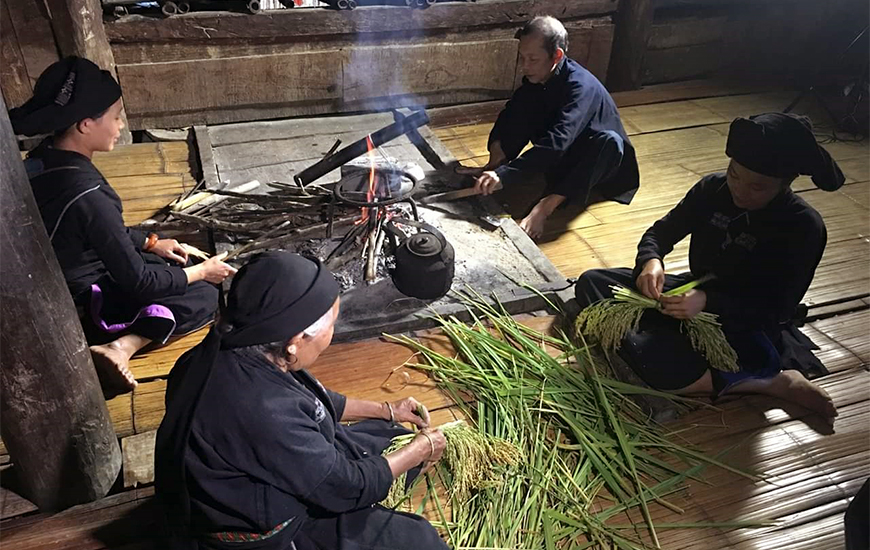
Villages are usually made up of several stilt houses, built according to traditional architectural practices. The Tay also have their own unique religion, complete with many different rituals and customs that must be adhered to if you are to live a happy life.
Economically, the Tays practice agriculture in the form of rice cultivation, but they are also deeply engaged in animal husbandry and fishing. In Sapa, there are two Tay villages of particular note located 15 and 18 kilometres from Sapa Town.
Giay
There are only about 40,000 Giay living in Vietnam, mostly in the northern mountains. Their villages feature houses built both on stilts and on the ground, depending on the terrain, and each house has three rooms. The middle of these acts as a communal area and the home of the family altar, and serves as a vital part of family life.
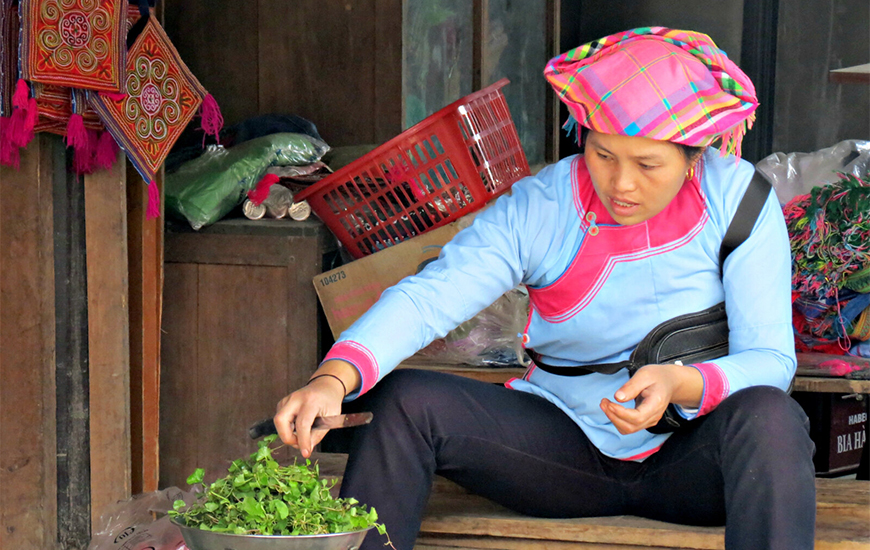
The Giay belief system worships both their ancestors and a range of different spirits who are believed to control different aspects of the world and their life. Their traditional clothing is usually characterised by a colourful shirt and a head scarf (for women) or a turban (for men).
Xa Pho
The Xa Pho are one of the smallest minorities in Vietnam, numbering only about 4000 people. Most of the Xa Pho in Sapa live in Nam Sai Village, which is particularly remote. This means that the Xa Pho of Sapa are relatively cut off from the rest of the world, and as such continue living a very traditional lifestyle.
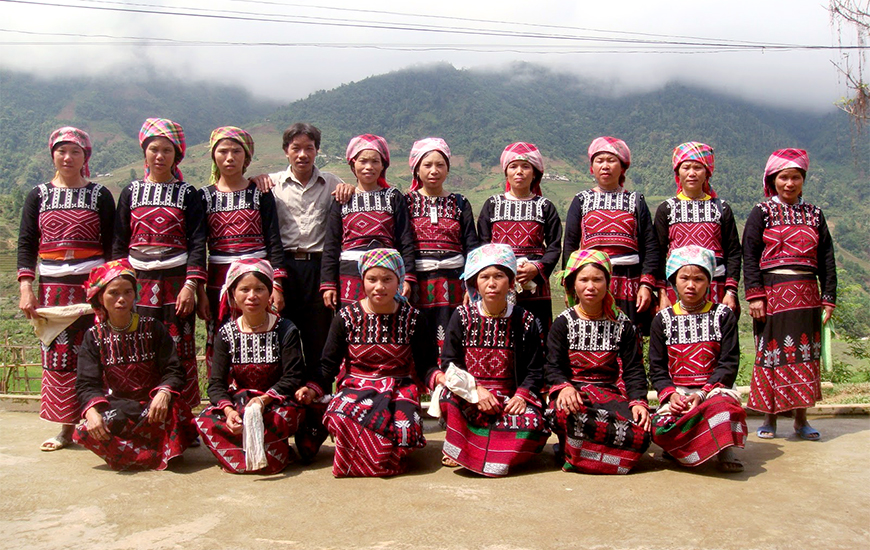
Economically they mostly make their living from agriculture and handicrafts, though due to their remote nature there is little money to be made on trade. Life in the village may seem hard for outsiders, but the Xa Pho are warm and welcoming and take great joy in life’s simple pleasures such as dancing and music. They also have an incredibly strong sense of community, with resources generally being shared according to need throughout the village.